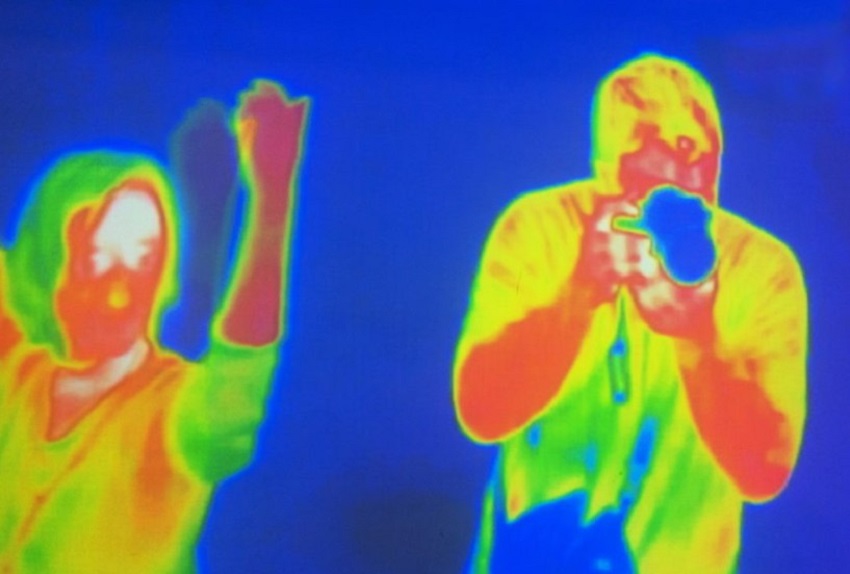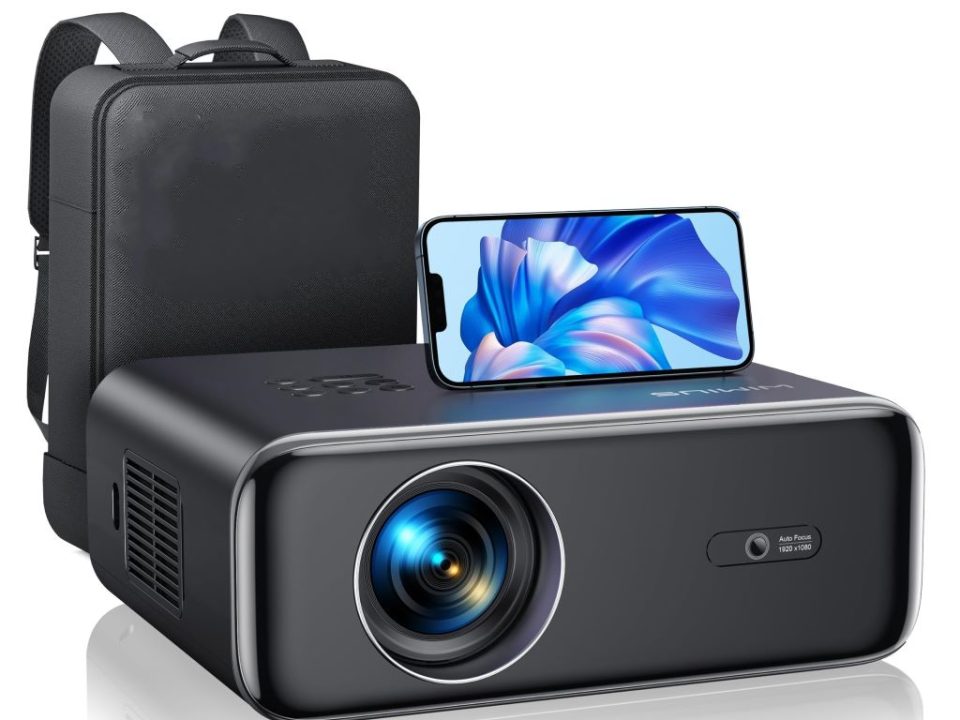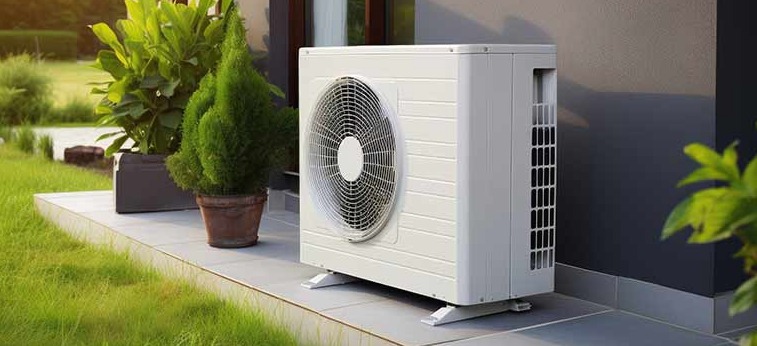Let’s Learn About The World of Thermal Imaging Cameras

Planning your Big Christmas Get Together at Home
November 10, 2023
Is Hoe a Bad Word?
November 19, 2023The invention of thermal imaging cameras led to advancements in various fields. It has become an indispensable tool in various industries like construction, engineering, firefighting, and much more. From low-light and challenging environments to surveillance, these cameras tap into the realm of heat to bring us the best output. Let’s learn a bit more about Thermal Imaging Cameras, their functions, and their various applications.
How Do The Thermal Imaging Cameras Work?
Thermal Imaging Cameras work by detecting infrared energy, also known as heat energy. It catches the heat emitted by various objects and easily breaks them down into colours like green, yellow, and red.
They usually have an internal thermal sensor that works with a lens to ensure that the infrared energies of the area are focused on it. Of course, there are other electronic components that translate this heat data into a visual representation.
Here’s a breakdown of the colours:
- Red and yellow usually mean warm or heat-releasing objects.
- Purple or blue is for non-heat release or cold objects (that have no warmth of their own).
- Sometimes, you will see green as a middle-ground mix of the two pallets.
It helps a person get an idea of the temperature variations in the area that the cameras are capturing. Red usually means quite hot, yellow means warm to hot, and blue and purple are usually too cool.
The Incredible Upgrade To Smartphones
Thermal cameras work with smartphones in the modern digital age. It doesn’t mean that your phone’s camera comes with a thermal sensor for the camera, not really. You can buy items like FLIR One Pro, which connects to your smartphones and can render thermal images to your smartphones.
So, you don’t always have to carry big bulky cameras and screens for the work. It improved portability, and you still receive remarkable infrared sensors. These smartphone thermal cameras are often used in diagnostics, especially for home inspections.
Various Utilities Of Thermal Imaging Cameras
These thermal imaging cameras were primarily used in military and other surveillance applications. You can experience them in Video Games (related to the Army) where you can have heat vision goggles. But the real-world applications have expanded to a great degree:
- Thermal imaging is used in the construction industry, especially for building inspections, to ensure there aren’t any leaks in the heating systems.
- Electrical engineers use it to detect hotspots in electrical grids, systems, and enclosures. It is essential to detect any potential overheating and offer prompt maintenance and repairs.
- Similarly, mechanics use thermal sensors in engine diagnostics to check various temperatures and ensure that the engine offers optimum performance.
- In firefighting, situational and environmental awareness is crucial. Thermal devices help them see through the smoke and detect hotspots, fire, and other elements. It eases their navigation and improves precision. Both are essential in safety and firefighting.
- Thermal imaging cameras are also used in the medical field to detect fever in animals and humans separately. It can also be used for scanning, but it is still finding its utility in the area.




